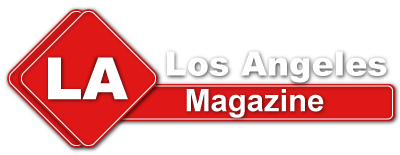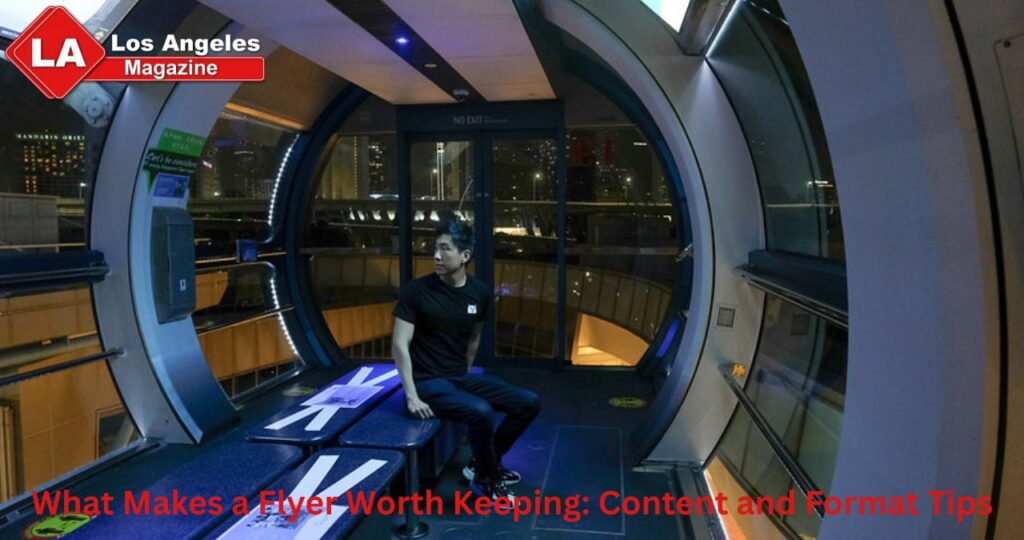In an era dominated by digital media, the humble flyer remains a powerful tool for communication and marketing. Despite the proliferation of social media and online advertising, flyers continue to capture attention, convey messages, and promote events or products effectively. However, not all flyers are created equal; some are quickly discarded while others are cherished and kept for future reference.
This article delves into the intricacies of what makes a flyer worth keeping, focusing on both content and format tips that can transform a mediocre flyer into a memorable one.
Understanding the Purpose of a Flyer
Before crafting a flyer, it is essential to understand its purpose. Flyers serve various functions, including:
– Promoting events (concerts, festivals, workshops)
– Advertising products or services
– Informing about community initiatives
– Encouraging participation in campaigns
Recognizing the flyer’s objective will guide the design process, ensuring that both content and format resonate with the intended audience.
Key Elements of Flyer Content
Headline Importance
It should be clear, concise, and captivating enough to draw attention immediately.
– Be Direct: Use straightforward language that communicates the essence of your message.
– Incorporate Keywords: If your flyer promotes an event, include the event name and date in the headline.
– Use Action Words: Encourage immediate engagement by using verbs that inspire action, such as “Join,” “Discover,” or “Explore.”
The Role of Imagery
– Relevance: Ensure that images relate directly to the content and purpose of the flyer.
– Quality: Use high-resolution images to avoid pixelation; poor-quality images can diminish credibility.
– Placement: Strategically place images to complement text without overwhelming it.
Compelling Body Text
Once you have engaged your audience with eye-catching headlines and visuals, the body text should deliver valuable information succinctly.
– Conciseness is Key: Keep paragraphs short and information digestible.
– Utilize Bullet Points: Lists can break down complex information into easily digestible chunks.
– Focus on Benefits: Highlight what attendees or customers will gain from engaging with your offering.
Format Considerations for Flyers
Size and Layout
The size and layout of a flyer significantly affect its readability and overall impact.
– Standard Sizes: Common dimensions include A5 (148 x 210 mm) or A4 (210 x 297 mm). These sizes are manageable for distribution while providing enough space for information.
– Orientation Matters: Decide between portrait or landscape orientation based on your design needs.
– White Space: Adequate white space helps prevent clutter, making it easier for viewers to absorb information.
Typography Choices
Typography can set the tone for your flyer. The fonts you choose should align with your brand identity while remaining legible.
– Limit Font Variety: Stick to two or three fonts to maintain consistency.
– Hierarchy is Important: Use different font sizes or weights to distinguish between headlines, subheadlines, and body text.
The Power of Color in Flyer Design
Selecting the right color palette can significantly impact how your flyer is perceived.
– Brand Consistency: Use colors that align with your brand’s identity for recognition.
– Psychological Influence: Understand color psychology; for instance, red evokes excitement while blue conveys trust.
– Contrast Matters: Ensure there is enough contrast between background colors and text for readability.
Call to Action: Driving Engagement
A compelling call to action (CTA) is essential for guiding your audience toward desired actions after reading your flyer.
– Be Clear and Direct: Use phrases like “Get Your Tickets Now” or “Visit Our Website Today.”
– Make it Easy: Provide simple instructions for how to take action—include QR codes or short URLs if applicable.
Incorporating Contact Information Effectively
– Visibility: Ensure contact details are prominently placed—typically at the bottom or top corner.
– Complete Information: Include multiple ways to connect—phone number, email address, social media handles, etc.
– Consistency Across Platforms: Ensure that contact information matches what’s available on other marketing materials for consistency.
Examples of Effective Flyers
Examining successful flyers can provide valuable insights into what works well in design and messaging:
Example 1: Concert Promotion
A concert flyer featuring bold typography with high-energy colors captures attention instantly. The use of large images of performers alongside concise details about date, location, and ticket pricing creates an engaging experience.
Example 2: Community Workshop
An informative workshop flyer utilizes clean lines with ample white space. It features easy-to-read bullet points highlighting workshop benefits paired with vibrant imagery illustrating past events.
Example 3: Local Business Advertisement
A local business flyer uses consistent branding colors throughout while incorporating testimonials from satisfied customers in eye-catching boxes. This approach builds trust while promoting special offers effectively.
Common Mistakes to Avoid
Creating an effective flyer requires careful consideration; however, several common pitfalls can undermine its effectiveness:
1. Overcrowded Design: Too much information can overwhelm readers; prioritize clarity over content volume.
2. Lack of Target Audience Focus: Tailor design elements and messaging according to who will receive the flyer.
3. Ignoring Quality Checks: Spelling errors or low-resolution images detract from professionalism; always proofread before printing.
Creating memorable flyers involves not just aesthetic considerations but also strategic thinking about content delivery tailored specifically towards engaging target audiences effectively while driving desired actions through compelling calls-to-action designed thoughtfully within beautiful formats designed ideally in line with industry best practices! Embracing these principles ensures that your flyers will not only catch someone’s eye but also leave them wanting more—perhaps even keeping them as a reminder long after they’ve seen them!



